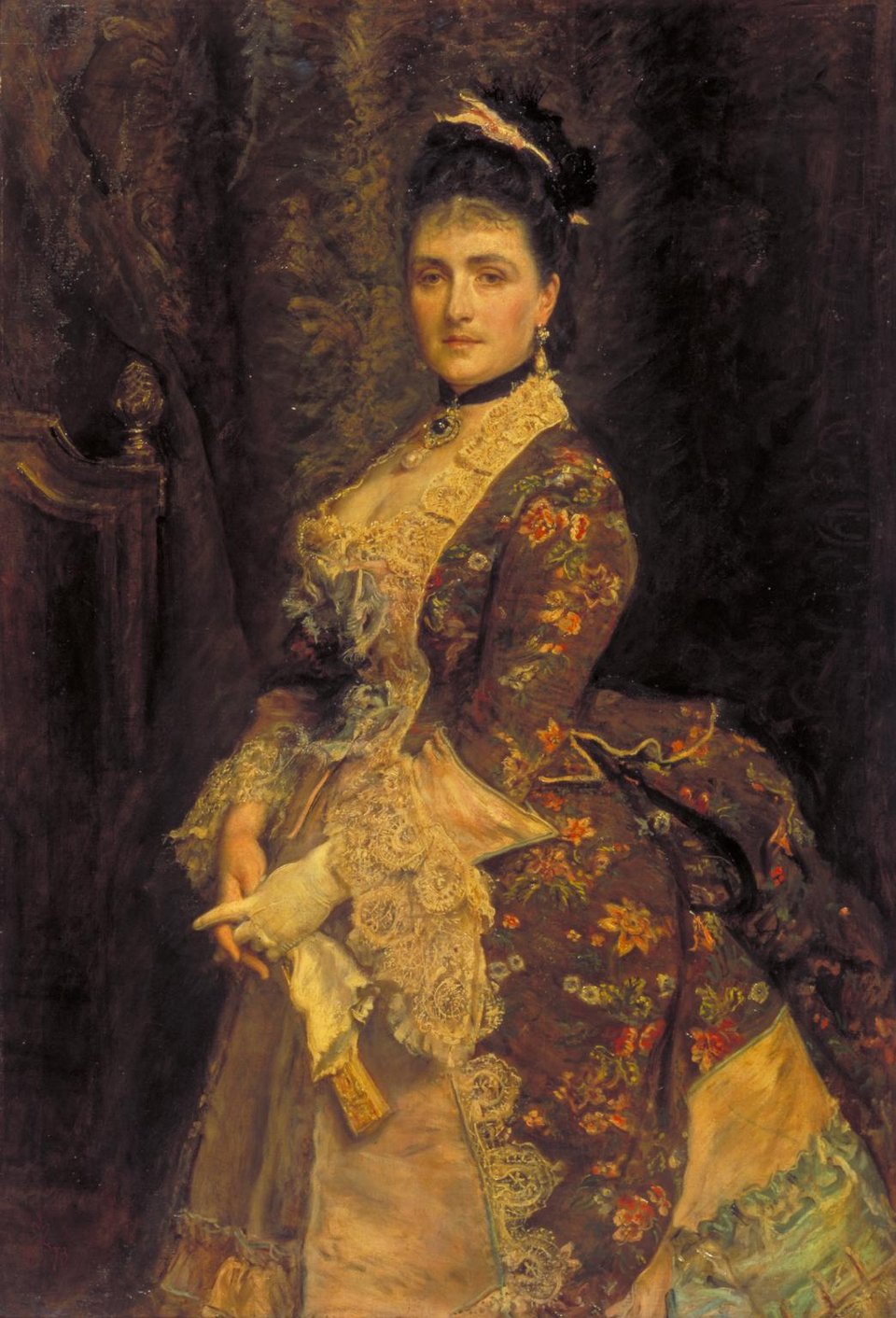November is flying by
What a time it’s been. I started it out by heading down to Washington DC for a two-day symposium on nineteenth-century textiles at the DAR Museum (literally - I traveled down on Halloween). Then a few days after I got back home, it was election day, and you know how that went … The next weekend, I drove to Genesee Country Village & Museum for another nineteenth-century textile symposium, which made me leave home at 5am and get back around 10pm. I do like having an EV but it adds to your travel time.
Then BlueSky started blowing up as Twitter went into a death spiral. I’ve been there for a while so I kind of went into overdrive, created a fashion history starter pack, and posted constantly. It was a good time to hustle!
Things are cooling down and I’m trying to get back to my writing again. I’ve contracted with the great Joana Fraga for a cover for The Happy Secret of It All, and I’ll probably be able to share that by the end of the year - exciting!
November’s promised fashion history explanation (this has been a very fashion history-iffic newsletter):

This portrait shows the great extent of eighteenth-century historicism in the 1870s. In large part, this is because fashion was fascinated by the period from the 1830s on, but the trend received a boost in the early 1870s, and fashionable dress of the period can almost look like a Georgian costume. Here’s a key to all of the Rococo Revival on display:
The sitter’s tall hairstyle with a ribbon woven into it
The pendant hanging on a ribbon rather than a chain, and with a large pearl hanging from it
The stomacher trimmed with big ribbon bows
Sleeves that stop short of the wrist, with a turn-back cuff and tiered lace ruffles
Fabric printed or woven with large sprigs of flowers; this actually looks like it could be a textile from the 1730s or 1740s
The overskirt tucked up into drapery toward the back
A visible underskirt/petticoat that contrasts with the gown
Thank you for reading, and see you next time!